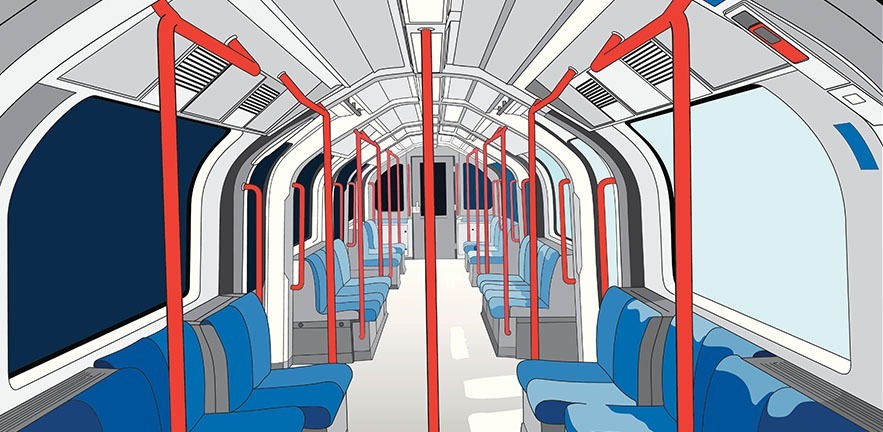Does our commute help us switch into “work mode”? Dr Jochen Menges looks into the new work from home era.

Working from home due to the COVID-19 (coronavirus) pandemic means no commute – but what seems like a relief may actually not be such a good thing for some people. A study co-authored by Dr Jochen Menges of Cambridge Judge Business School finds that commuting time can be a useful period of “role transition”.

Around the globe, people commute to work an average of 38 minutes each way – or at least they did before the coronavirus pandemic ushered in a new era of working from home, however temporary.
While this may have a positive impact in terms of reducing air pollution and carbon emissions, this sudden loss of commuting time may not be such a good thing for many people, says Dr Menges.
A study forthcoming in the journal Organization Science found that commuting to work can be beneficial if people seize the opportunity to “transition” to their work role – especially employees with high levels of “work-family” conflict in which one such role is made more difficult by the other.
“With no more separation of home and work, many remote workers will now miss out on the opportunity to transition into their work role during their commute,” says Dr Menges, University Lecturer in Organisational Behaviour at Cambridge Judge.
“Our study challenges the idea that commuting time is necessarily harmful and has a negative impact on workers’ attitudes toward their jobs. The situation actually is far more nuanced: instead of passively enduring what many people see as a drudgery, employees can actively shape their commute into a useful period of role transition that will benefit them at work.”
Lengthy commutes are particularly painful for employees with greater work-family conflict and who are less able to control their thoughts and emotions, which can lead to lower job satisfaction and more turnover. But the authors suggest commuters who apply a strategy they call “role-clarifying prospection” to lessen the impact of lengthly journeys to work. This strategy involves thinking about their upcoming work role during the morning commute, which helps to prepare for the day ahead at the workplace.
“Role-clarifying prospection allows employees to shift their attention from what they are currently experiencing, which maybe being stuck in a traffic jam during their commute, to a focus on what their experience will be when they arrive at the workplace,” says Menges.
“This type of focus in effect allows people to play-act in their minds the role they’ll have at the workplace following their morning commute, and this provides them with a sense of the role they will be transitioning to at the workplace.”
However, when people work at home, they no longer have the commuting time to enact this strategy.
The paper is based on three field studies involving a total of 1,736 participants.
To assess trait self-control – the ability to control one’s thoughts and emotions – participants were asked to evaluate such questions as whether they are “good at resisting temptation” and whether they “do things that feel good in the moment but regret later on”. Regarding work-family conflict, the questions included whether “my home and family responsibilities interfere with my ability to perform my job well”.
Commutes are getting longer for many people as cities sprawl further and a recent study found the distance between people’s home and work in the United States grew by about five per cent between 2000 and 2012.
“We’re not saying that long commutes are fun, but there are ways that employees can find some benefits from their commute by proactively using the time for useful transition,” says Menges.
The study, entitled “Between Home and Work: Commuting as an Opportunity for Role Transitions”, is co-authored by Jon Jachimowicz and Francesca Gino of Harvard University; Julia Lee of the University of Michigan, Bradley R. Staats of the University of North Carolina, and Jochen Menges of Cambridge Judge Business School and the University of Zurich.

